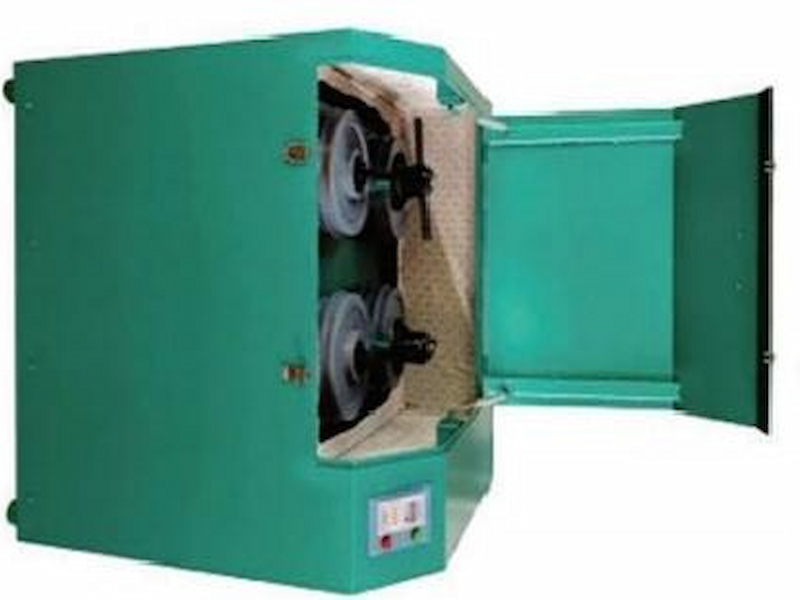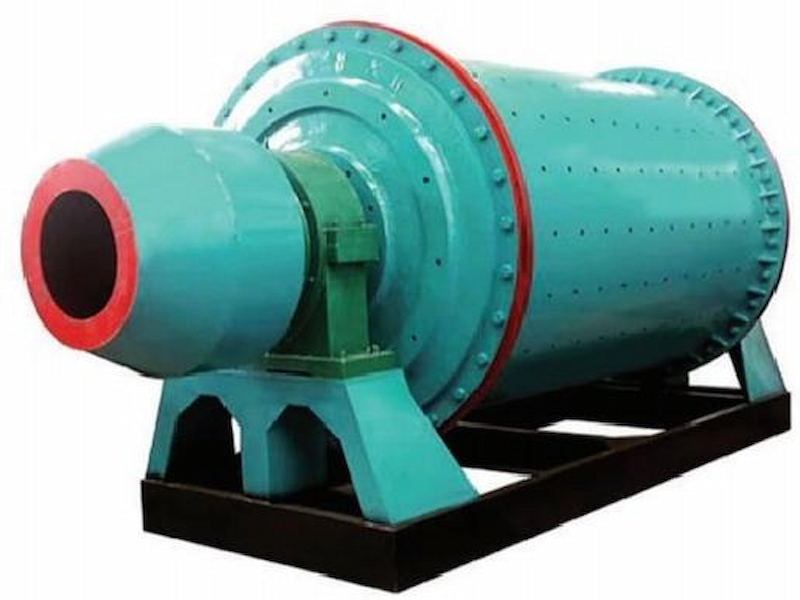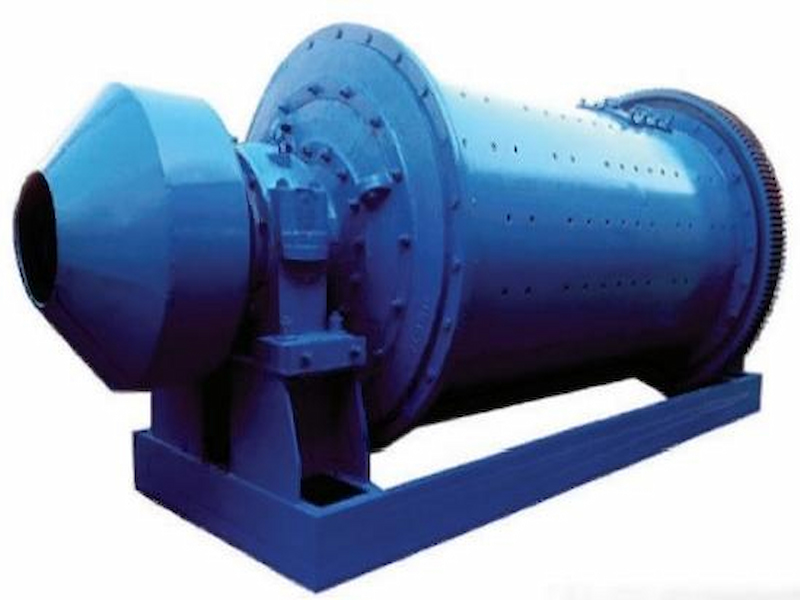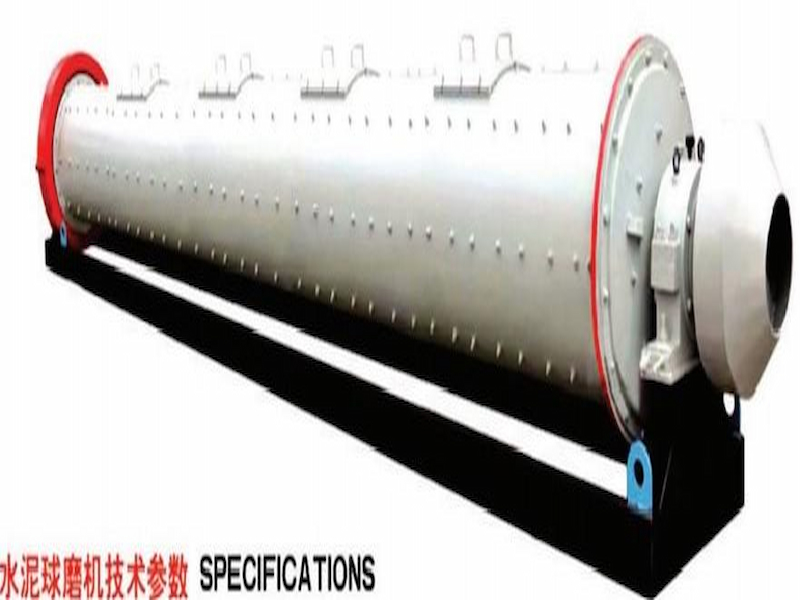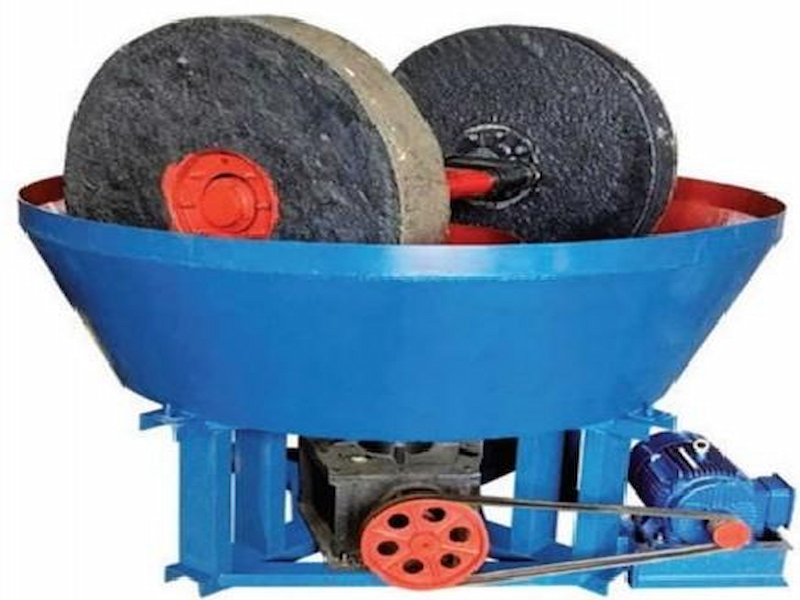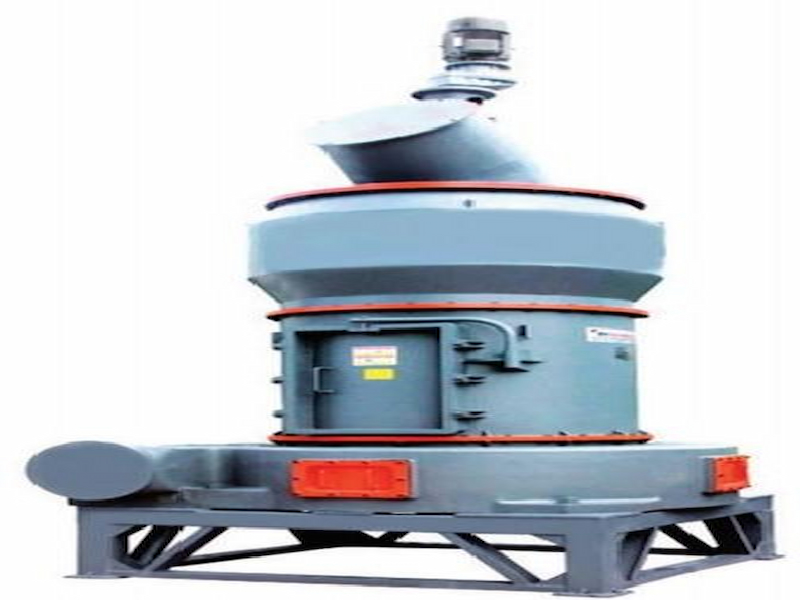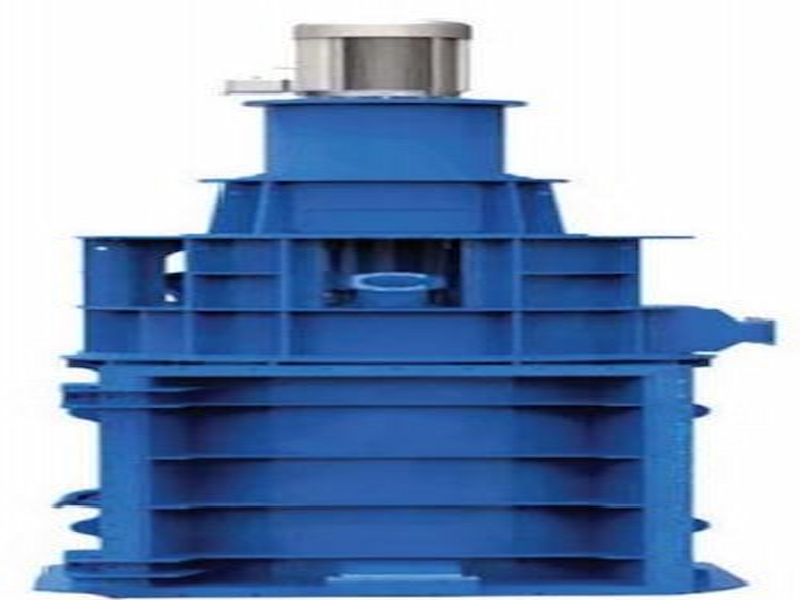CATHAY experimental sample preparation machine: an efficient solution for laboratory standard sample preparation
1. Integrated sample preparation to achieve accurate conversion from raw materials to standard samples
CATHAY experimental sample preparation machine integrates multiple sample preparation processes such as crushing, grinding, and screening to form an integrated sample preparation process, which is specially designed for the preparation of small batch samples in the laboratory (single processing volume 10-1000g). The core of the equipment consists of a feeding system, a crushing module, a grinding module, a screening module, and a collection device. Each module can be flexibly combined according to the characteristics of the sample - when processing large pieces of raw materials, the material is first crushed to less than 10mm through the crushing module; after entering the grinding module, it is further refined by means of ball milling, rod milling or vibration grinding, and the minimum grinding particle size can reach 0.01mm; finally, the particle size range that meets the experimental requirements (such as 80 mesh, 200 mesh, 300 mesh) is screened out by the screening module, and unqualified particles are returned to the grinding module for reprocessing to ensure that the finished sample has uniform particle size and purity, meeting the strict standards for samples in experimental analysis.
2. Multi-material adaptation, covering all fields of experimental sample preparation needs
Geological and mineral fields: In ore composition analysis, cores and ore blocks can be made into uniform powder samples. For example, for the preparation of gold ore samples, the equipment can crush and grind the ore to less than 200 meshes to ensure that the gold element is evenly distributed in the sample, provide homogeneous samples for detection methods such as atomic absorption spectroscopy and inductively coupled plasma mass spectrometry, reduce detection errors, and make the analysis results more representative.
Material science research: Suitable for sample preparation of metal materials, ceramic materials, and polymer materials. For the preparation of metal powder, the metal particles can be refined to micron level through the grinding module for studying the sintering properties of powders; for the sample preparation of ceramic raw materials, it can ensure the uniform particle size distribution of raw materials and improve the accuracy of ceramic product performance testing; when processing polymer materials such as plastics and rubber, the equipment uses low-temperature grinding technology (can be reduced to -196℃) to avoid the material being difficult to crush due to high temperature softening, and ensure the sample preparation effect.
Environmental monitoring field: used for the preparation of standard samples of soil, sediment, and solid waste. In soil heavy metal detection, the sample preparation machine can grind soil samples to 200 meshes to ensure that heavy metal elements are fully exposed and improve extraction efficiency; for electronic waste samples, it can be broken into fine particles to facilitate analysis of the content of harmful substances in them and provide reliable samples for environmental risk assessment.
Food and pharmaceutical industry: The contact parts made of food-grade 304 stainless steel can be used to prepare samples of food raw materials (such as grains, fruits and vegetables, and Chinese medicinal materials). In food nutrient component analysis, samples are made into homogenates or powders to facilitate the extraction and detection of nutrients; for Chinese medicinal materials, samples can be broken to a specified particle size to ensure consistent extraction rates of effective ingredients and improve the accuracy of efficacy research. The equipment meets GMP hygiene standards and avoids sample contamination.
Chemical and energy fields: For samples such as catalysts, coal, and petroleum coke, they can be prepared into uniform particles or powders. In the catalyst activity test, the catalyst particle size after sample preparation is uniform, which can ensure the consistency of the reaction contact area; for the sample preparation of coal samples, the relationship between its particle size and combustion efficiency can be studied, and the anti-corrosion design of the equipment (such as the use of PTFE coating) can resist the erosion of chemical samples.
3. Performance advantages, ensuring efficient and accurate sample preparation
High sample preparation accuracy: Each module adopts precision control technology, the crushing particle size error is ≤1%, the grinding particle size repeatability error is ≤3%, and the screening accuracy is more than 98%, ensuring the consistency of different batches of samples, the experimental data reproducibility is good, and the requirements of scientific research experiments for data reliability are met.
High degree of automation: Equipped with a PLC intelligent control system, the sample preparation program (such as crushing time, grinding speed, screening particle size) can be preset, and the sample preparation process can be automatically completed after one-click start, reducing manual intervention. The system supports the storage of 100+ sample preparation schemes, which can be directly called when changing samples, greatly improving the sample preparation efficiency, and shortening the sample preparation time for a single batch of samples to less than 30 minutes.
Low sample contamination rate: The parts in contact with the sample are made of inert materials (such as 316 stainless steel, agate, zirconium oxide), which do not react chemically with the sample; the cavity cleaning procedure (such as automatic purging, ultraviolet disinfection) can be performed before sample preparation, and the cross-contamination rate is ≤0.001%, which is particularly suitable for the preparation of trace analysis samples to ensure the accuracy of experimental results.
Safe and convenient operation: The equipment is equipped with multiple safety protection devices - stop when the door is opened, overload protection, temperature alarm (for low temperature/high temperature sample preparation) to ensure the safety of operators; equipped with a touch screen operation interface, the parameter setting is intuitive and easy to understand, and the operator can get started after simple training; the sample preparation process is displayed in real time (such as operating status, remaining time, particle size monitoring), which is convenient for timely adjustment of parameters.
4. Structural design, taking into account durability and experimental adaptability
Modular design: The crushing, grinding, and screening modules can be disassembled and replaced independently, and can be flexibly combined according to the characteristics of the sample. For example, when processing hard ores, a jaw crushing module + ball milling module is selected, and when processing brittle materials, an impact crushing module + vibration grinding module is selected to improve the versatility of the equipment and reduce the investment cost of laboratory equipment.
Wear-resistant and anti-corrosion treatment: The vulnerable parts such as the breaker, grinding ball, and screen are made of high-hardness materials (such as high-chromium cast iron, tungsten carbide, and zirconium oxide ceramics), which are 5-10 times more wear-resistant than ordinary materials and extend the service life; for corrosive samples, the contact parts are made of 316L stainless steel or PTFE to resist the erosion of acids, alkalis, and organic solvents.
Miniaturization and low noise: The equipment is small in size (occupying an area of ≤0.5㎡), suitable for compact laboratory space placement; using soundproof covers and shock-absorbing devices, the operating noise is ≤60 decibels, creating a quiet experimental environment, in line with laboratory noise standards.
Easy to clean and maintain: The connection of each module adopts a quick-release structure for easy disassembly and cleaning; the grinding chamber is equipped with an automatic cleaning function (such as high-pressure water washing, inert gas purging) to reduce residual samples; vulnerable parts are easy to replace, no professional tools are required, and the maintenance cost is low.
5. CATHAY brand guarantee, full support for scientific research
CATHAY experimental sample making machine strictly follows ISO 17025 laboratory equipment standards from research and development to production. Each device undergoes multi-material and multi-particle size sample making tests before leaving the factory to ensure that the performance meets the standards. The professional technical team provides customized services. According to the customer's sample characteristics (hardness, viscosity, thermal sensitivity) and sample making requirements (particle size, purity), we design exclusive sample making solutions and recommend appropriate module combinations and parameter settings; provide on-site installation and commissioning, operator training services to ensure the correct use of the equipment; 7×24-hour after-sales hotline responds at any time, provides fault diagnosis, spare parts replacement and other services, and core components (such as motors, control systems) are guaranteed for 2 years, allowing scientific researchers to focus on experimental research.
Whether it is basic scientific research or applied research, CATHAY experimental sample making machine can provide standardized samples for laboratories with precise sample making effects, efficient sample making processes, and reliable performance, helping scientific research experimental data to be more accurate, results to be more reliable, and accelerate the transformation of scientific research results.

Table parameters
|
型号规格 Model
|
装料粒度(mm) Granularity
|
装料重量(g) Weight
|
出料粒度(目) Granularity
|
粉碎时间(min) Capacity
|
功率(kw)
Power
|
整机重量(kg) Weight
|
外形尺寸(mm)
Dimensions
|
|
MZ-100
|
≤12
|
100
|
100-200
|
35
|
1.1
|
115
|
550×540×750
|
|
2MZ-100
|
≤12
|
2×100
|
100-200
|
3-5
|
1.1
|
150
|
530×530×800
|
|
|
3MZ-100
|
≤12
|
3×100
|
100-200
|
3-5
|
1.1
|
160
|
530×530×800
|
|
4MZ-100
|
≤12
|
4×100
|
100-200
|
3-5
|
1.5
|
260
|
740×740×950
|
|
5MZ-100
|
≤12
|
5×100
|
100-200
|
3-5
|
1.5
|
270
|
740×740×950
|





